Home>Furniture & Design>Bathroom Accessories>How To Read A Syringe Plunger
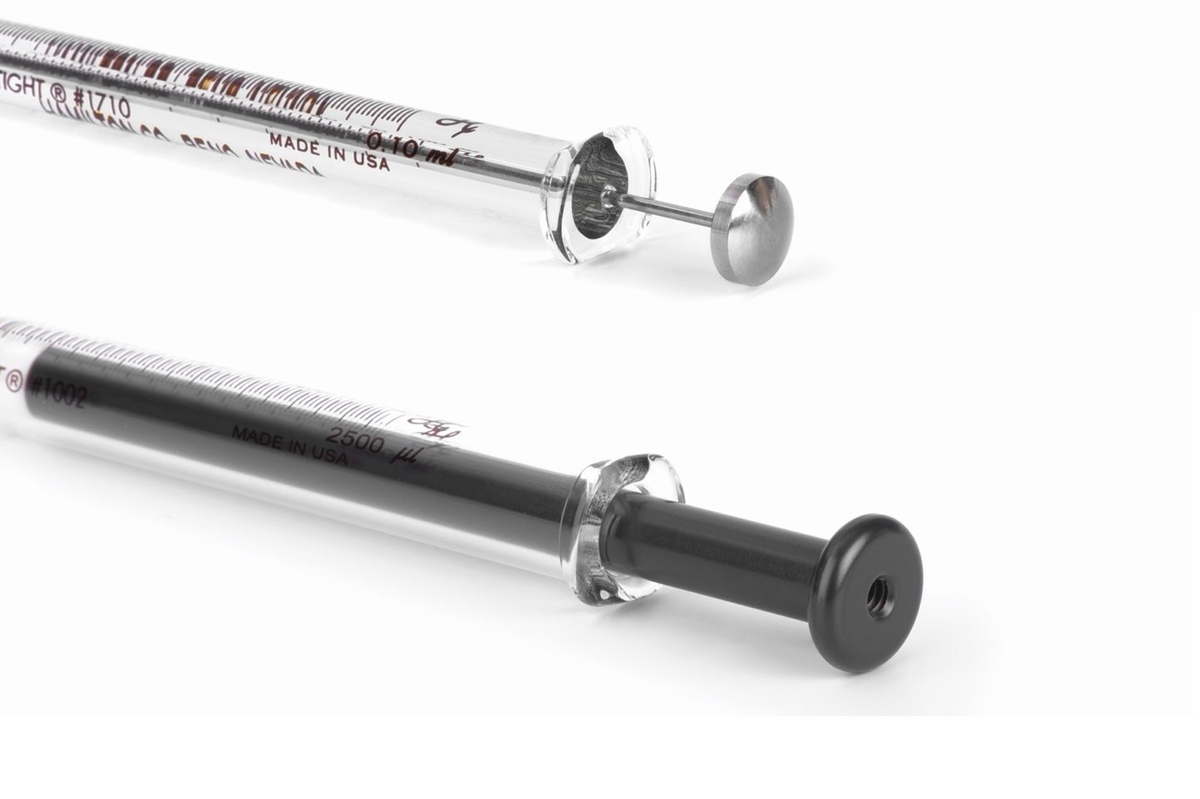

Bathroom Accessories
How To Read A Syringe Plunger
Modified: March 2, 2024
Learn how to read a syringe plunger for accurate measurements. Find the right bathroom accessories for your needs.
(Many of the links in this article redirect to a specific reviewed product. Your purchase of these products through affiliate links helps to generate commission for Storables.com, at no extra cost. Learn more)
Introduction
When it comes to administering medication or accurately measuring liquids, understanding how to read a syringe plunger is an essential skill. Whether you're a healthcare professional, a caregiver, or simply someone who needs to use a syringe for medical purposes, knowing how to interpret the markings on the plunger is crucial for ensuring precise dosages and safe usage.
In this comprehensive guide, we will delve into the intricacies of reading a syringe plunger, breaking down the various components and measurement markings to provide you with a clear understanding of this fundamental tool. By the end of this article, you will feel confident in your ability to navigate the world of syringes and accurately measure the substances you need, promoting safety and efficacy in your medical endeavors.
Let's embark on this enlightening journey to unravel the mysteries of the syringe plunger, empowering you with the knowledge and skills necessary to handle this vital medical instrument with precision and confidence.
Key Takeaways:
- Mastering the art of reading a syringe plunger is crucial for accurate medication dosing and liquid measurement, promoting safety and effectiveness in medical care.
- To achieve precise readings, maintain proper lighting, minimize parallax error, exercise patience, utilize magnification if needed, avoid air bubbles, and double-check the reading for accuracy.
Read more: What Is The Plunger Of A Syringe
Understanding the Parts of a Syringe Plunger
A syringe plunger is a critical component of a syringe, playing a pivotal role in accurately measuring and dispensing liquids or medications. Understanding the various parts of a syringe plunger is essential for utilizing this medical instrument effectively. Let's explore the key components that make up a syringe plunger:
-
Plunger Rod: The plunger rod is a slender, cylindrical piece that extends from the rear of the syringe barrel. It serves as the handle for the user to push or pull, controlling the movement of the plunger within the barrel.
-
Plunger Tip: The plunger tip is located at the front end of the plunger rod. It fits snugly into the syringe barrel and creates a seal to prevent any liquid from leaking out of the syringe during the measurement or administration process.
-
Rubber Stopper: The rubber stopper, also known as the plunger head, is attached to the plunger rod and is responsible for creating a tight seal within the syringe barrel. This seal ensures that the liquid remains contained within the syringe until it is ready to be dispensed.
-
Measurement Markings: The syringe plunger features measurement markings along the length of the barrel. These markings are crucial for accurately measuring the volume of liquid being drawn into or dispensed from the syringe. Understanding how to interpret these markings is essential for precise dosing.
By familiarizing yourself with these fundamental components, you can gain a comprehensive understanding of the syringe plunger's anatomy, empowering you to use this essential medical tool with confidence and precision.
Reading the Measurement Markings on the Syringe Plunger
The measurement markings on a syringe plunger are crucial for accurately determining the volume of liquid being drawn into or dispensed from the syringe. These markings are typically denoted in milliliters (mL) and are essential for precise dosing, especially when administering medications or other substances where accuracy is paramount.
When reading the measurement markings on a syringe plunger, it's important to pay close attention to the following details:
-
Starting Point: Before drawing liquid into the syringe, ensure that the plunger is positioned at the zero mark on the barrel. This initial point serves as the baseline for accurate measurement. If the plunger is not at the zero mark initially, it can lead to incorrect volume readings.
-
Incremental Markings: The measurement markings on the syringe plunger are typically spaced at regular intervals along the length of the barrel. Each marking represents a specific volume of liquid, such as 0.1 mL, 0.2 mL, 0.5 mL, or 1 mL, depending on the syringe's capacity. Understanding the significance of each incremental marking is essential for precise measurement.
-
Interpreting Between Markings: In some cases, it may be necessary to draw or dispense a volume of liquid that falls between two consecutive markings on the syringe barrel. In such instances, it's crucial to estimate the intermediate volume based on the spacing between the markings. This requires careful observation and judgment to ensure accurate dosing.
-
Eye Level Reading: When reading the measurement markings on the syringe plunger, it's advisable to position the syringe at eye level to obtain an accurate reading. This helps minimize parallax error, where the markings may appear distorted if viewed from an angle, potentially leading to measurement inaccuracies.
-
Liquid Level Alignment: As the plunger is moved to draw or dispense liquid, it's essential to align the liquid level precisely with the desired measurement marking. This alignment ensures that the correct volume of liquid is being measured, contributing to the overall accuracy of the process.
By understanding and adhering to these key principles, individuals can confidently navigate the process of reading the measurement markings on a syringe plunger, enabling them to achieve precise and reliable measurements for various medical and laboratory applications.
Tips for Accurate Reading of a Syringe Plunger
Accurately reading a syringe plunger is a critical skill that ensures precise measurement and administration of liquids, particularly in medical and laboratory settings. To enhance your proficiency in this essential task, consider the following tips for achieving accurate readings and optimizing the functionality of the syringe plunger:
1. Maintain Proper Lighting
Adequate lighting is crucial for obtaining precise readings on the syringe plunger. Ensure that the area where you are using the syringe is well-lit, as this facilitates clear visibility of the measurement markings and helps prevent errors in volume assessment.
Read more: How To Lubricate A Syringe Plunger
2. Minimize Parallax Error
When reading the measurement markings on the syringe plunger, position yourself directly in front of the markings at eye level. This minimizes parallax error, where the apparent position of the markings can be distorted when viewed from an angle, potentially leading to inaccurate readings.
3. Exercise Patience and Precision
Take your time when aligning the liquid level with the desired measurement marking. Rushing through this process can result in errors, potentially leading to incorrect dosages or measurements. Exercise patience and precision to ensure that the liquid aligns accurately with the intended volume indicator.
4. Utilize Magnification if Needed
In situations where the measurement markings on the syringe plunger are particularly small or challenging to discern, consider using a magnifying glass or a magnifying app on a mobile device. This can aid in achieving a more detailed and accurate reading of the markings, especially when dealing with precise measurements.
5. Avoid Air Bubbles
When drawing liquid into the syringe, be mindful of the presence of air bubbles, as they can affect the accuracy of the measurement. Gently tap the syringe to encourage any air bubbles to rise to the top, and then carefully expel them before finalizing the measurement. This practice helps ensure that the volume indicated on the syringe plunger corresponds solely to the liquid being measured.
Read more: How To Fix A Syringe Plunger
6. Double-Check the Reading
After aligning the liquid level with the desired measurement marking, double-check the reading to confirm its accuracy. This additional step serves as a safeguard against potential errors and instills confidence in the precision of the measurement process.
By incorporating these tips into your approach to reading a syringe plunger, you can elevate your proficiency in accurately measuring and administering liquids, thereby promoting safety and efficacy in various medical and laboratory contexts.
Frequently Asked Questions about How To Read A Syringe Plunger
Was this page helpful?
At Storables.com, we guarantee accurate and reliable information. Our content, validated by Expert Board Contributors, is crafted following stringent Editorial Policies. We're committed to providing you with well-researched, expert-backed insights for all your informational needs.
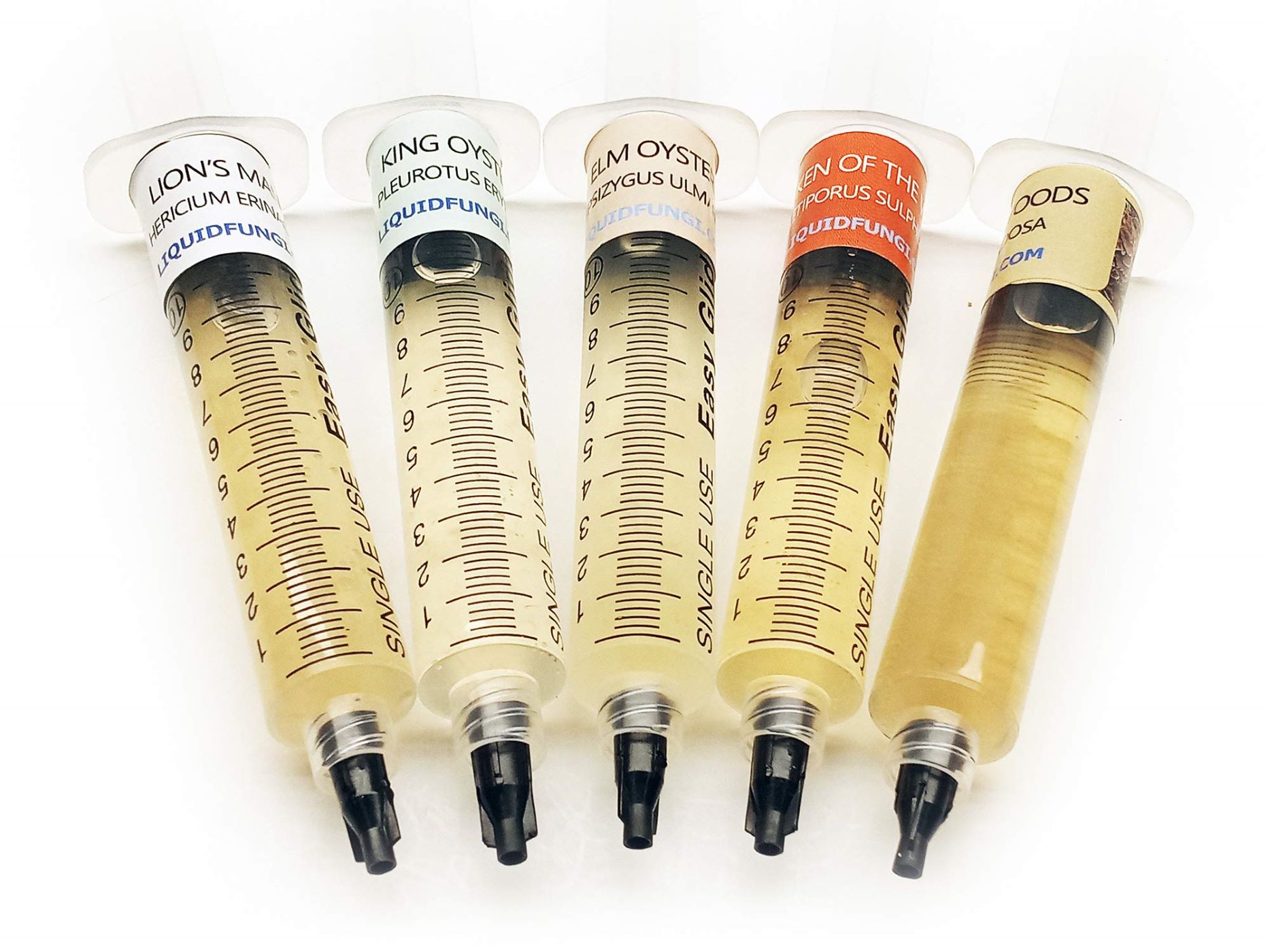
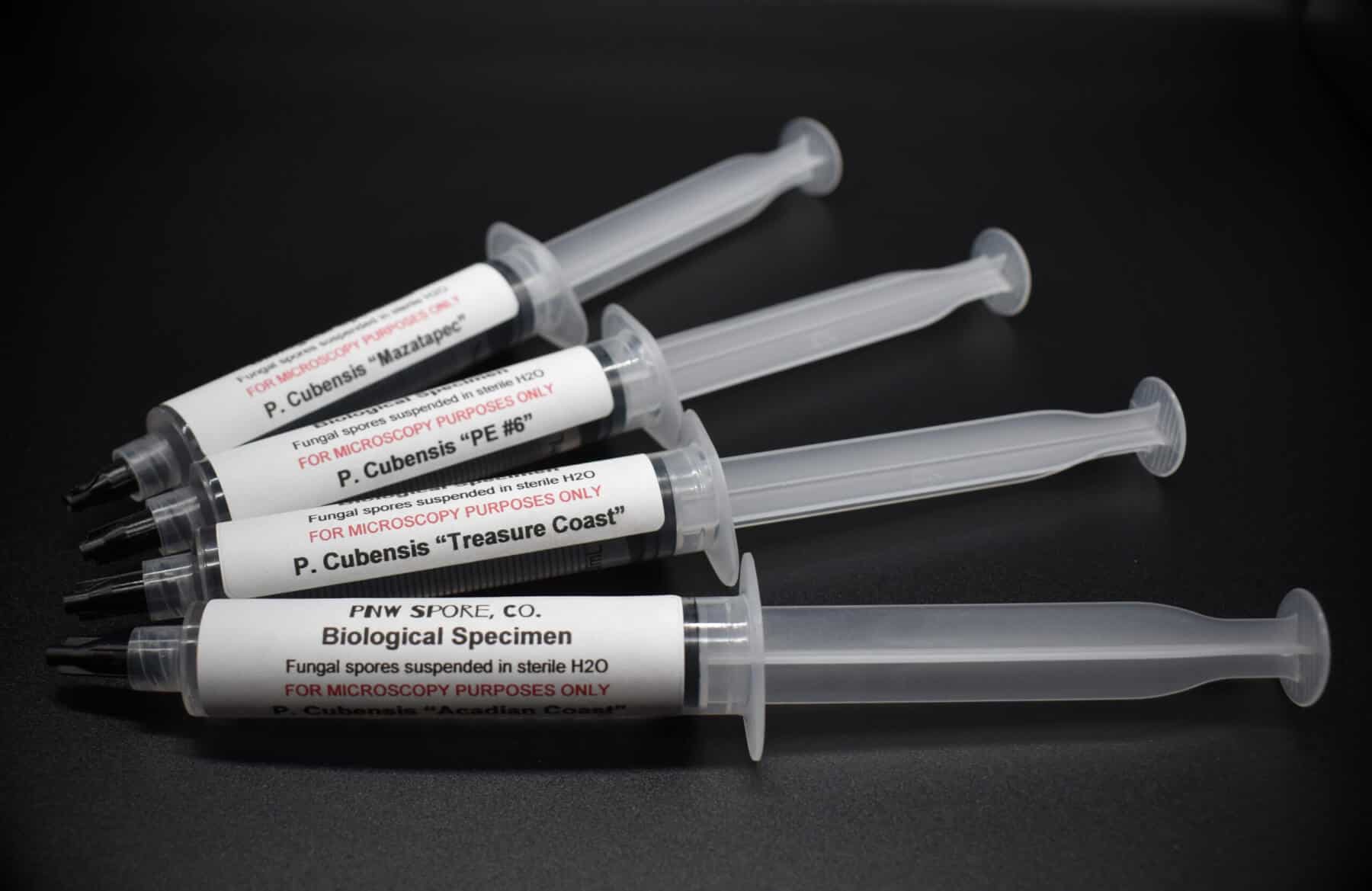
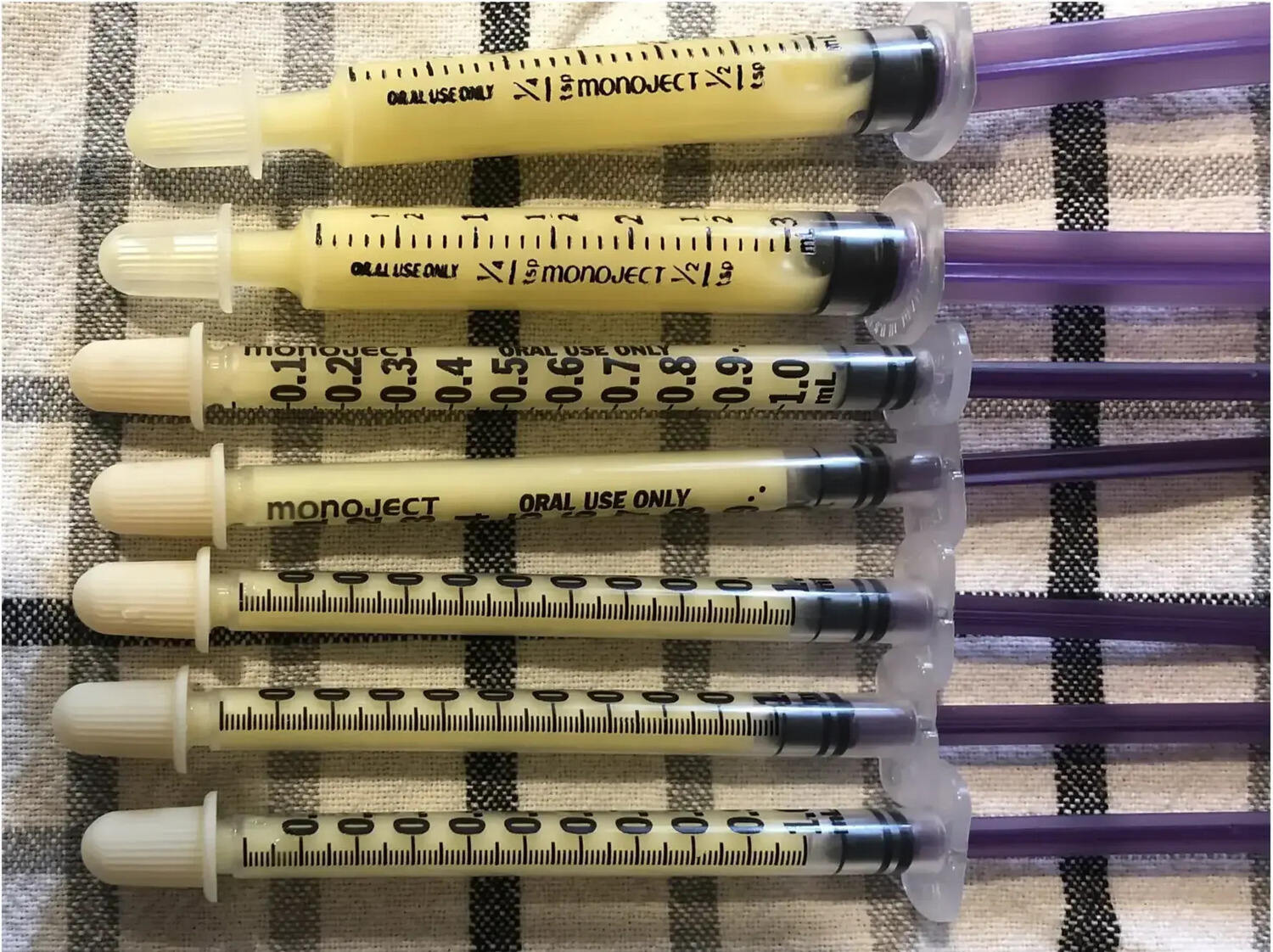

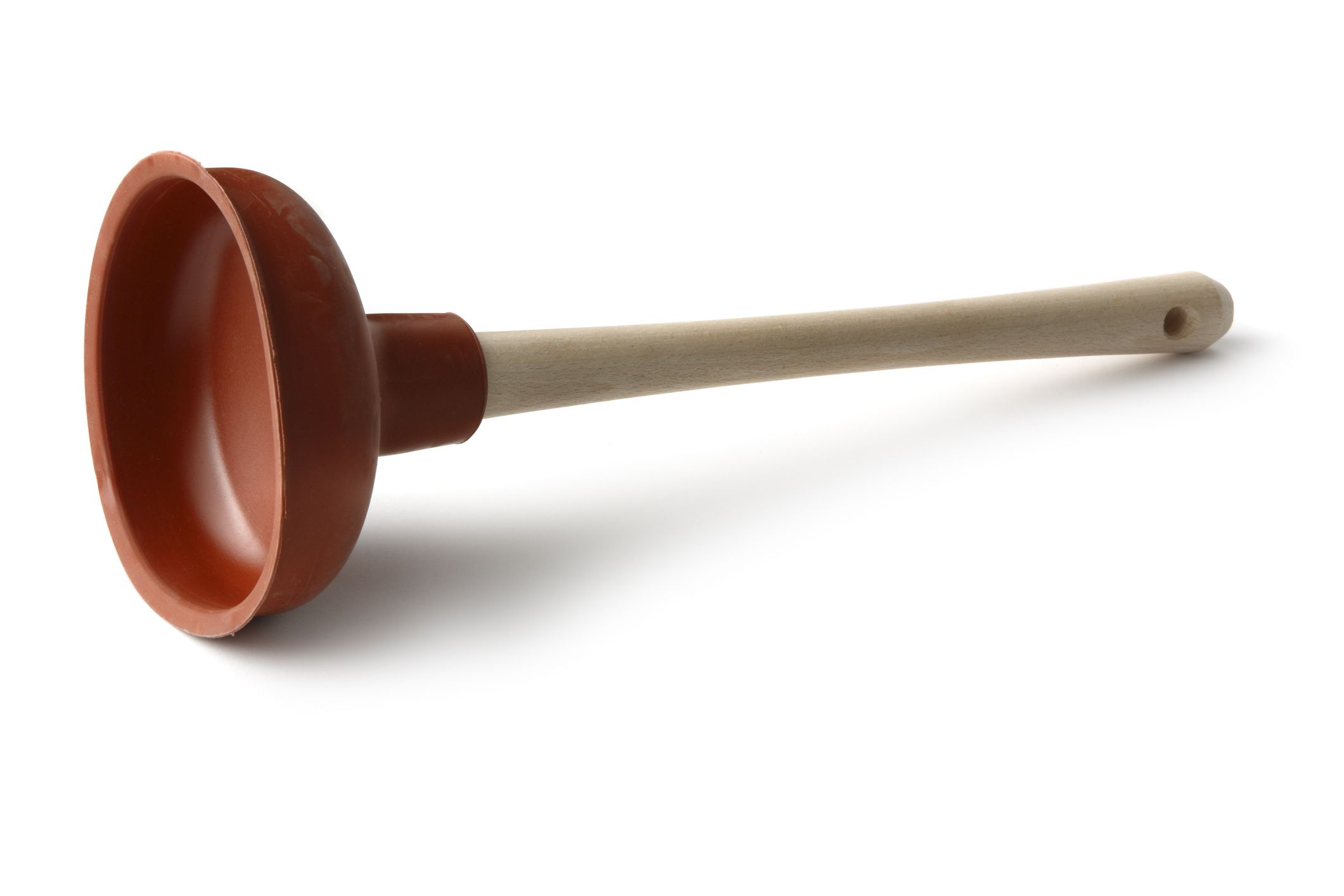
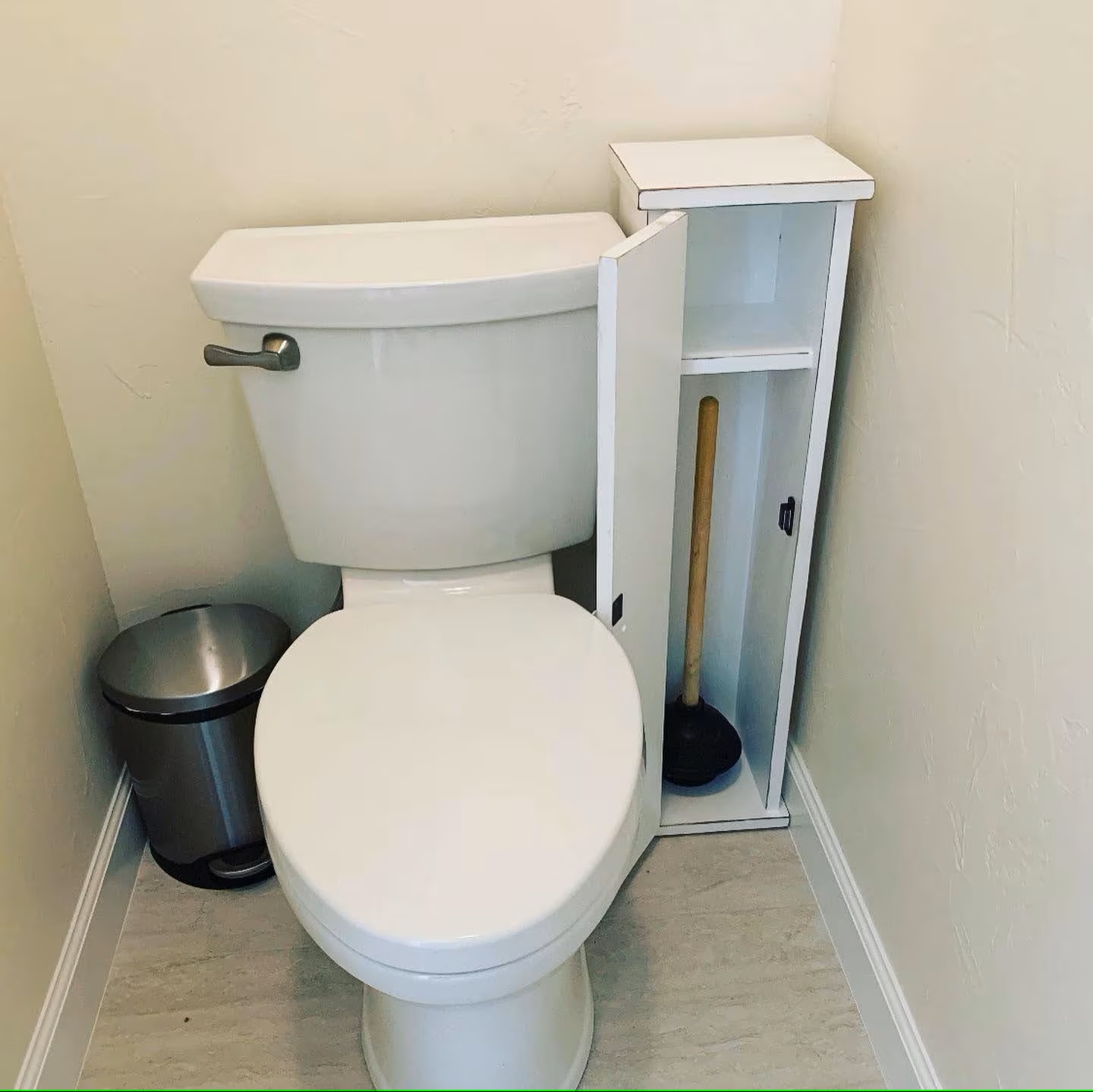
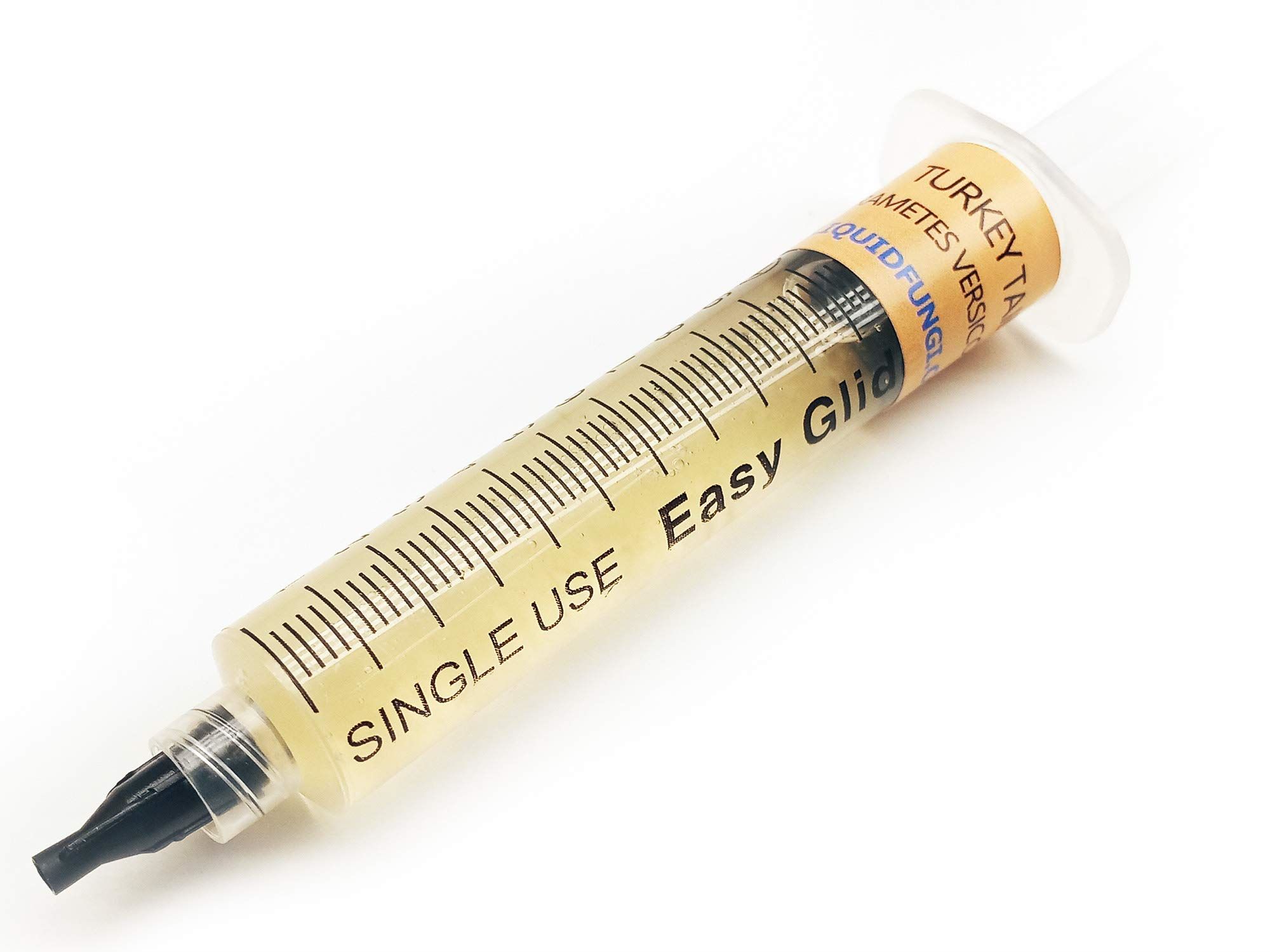


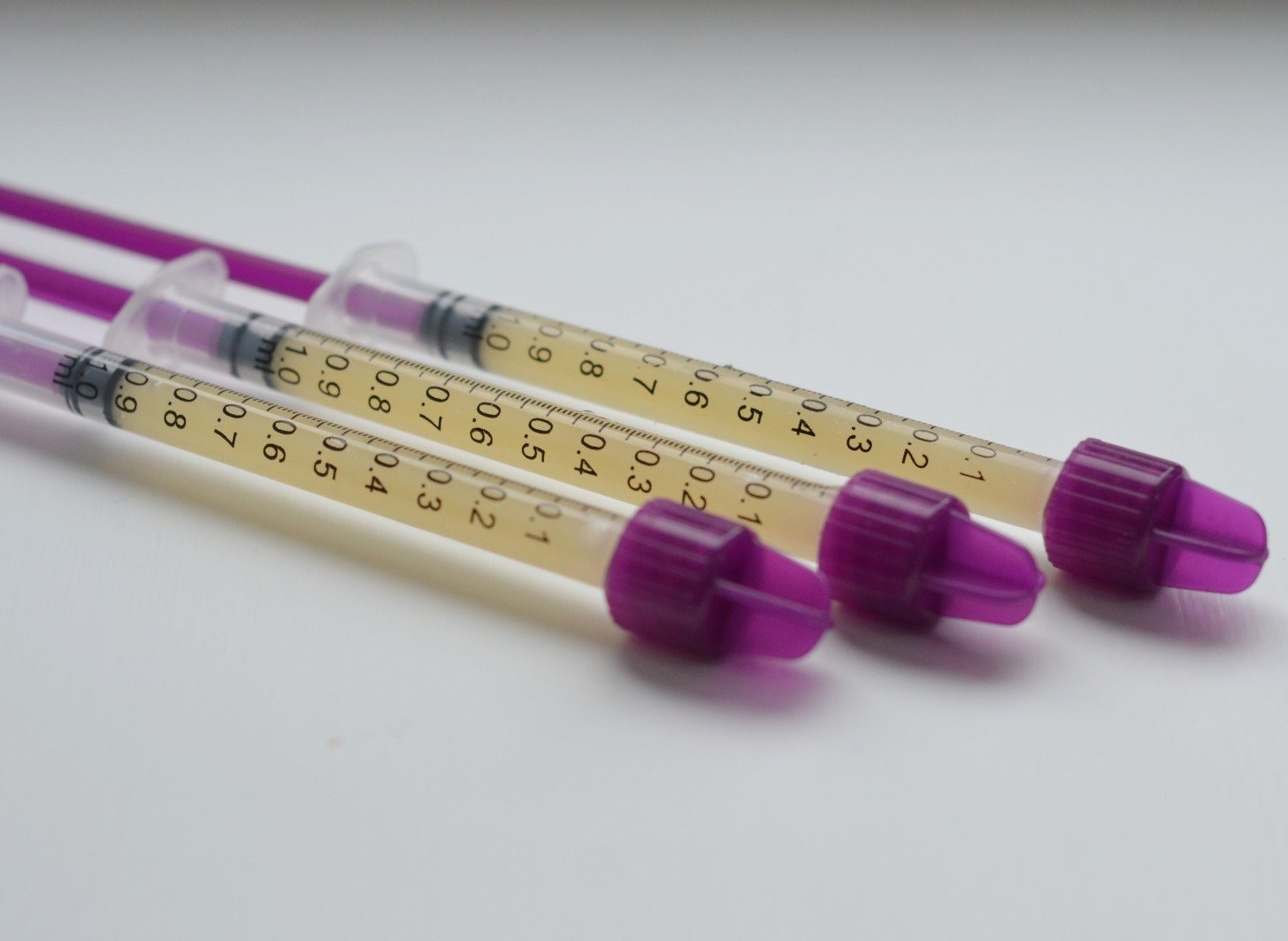

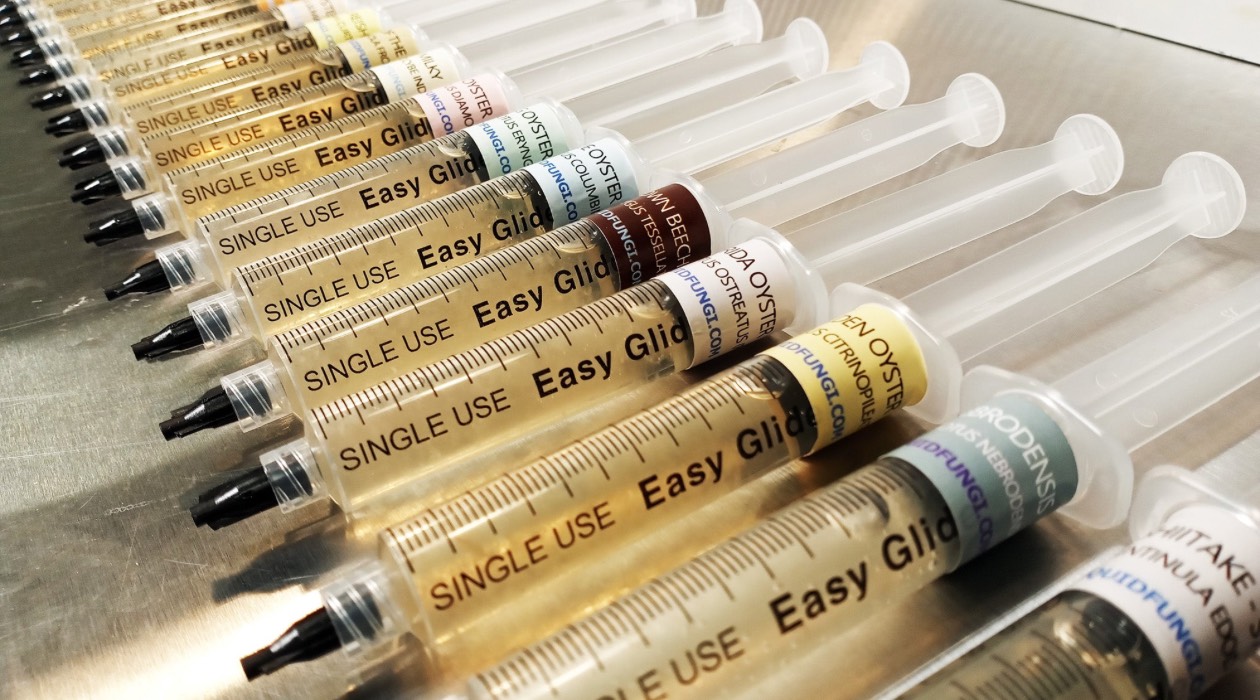
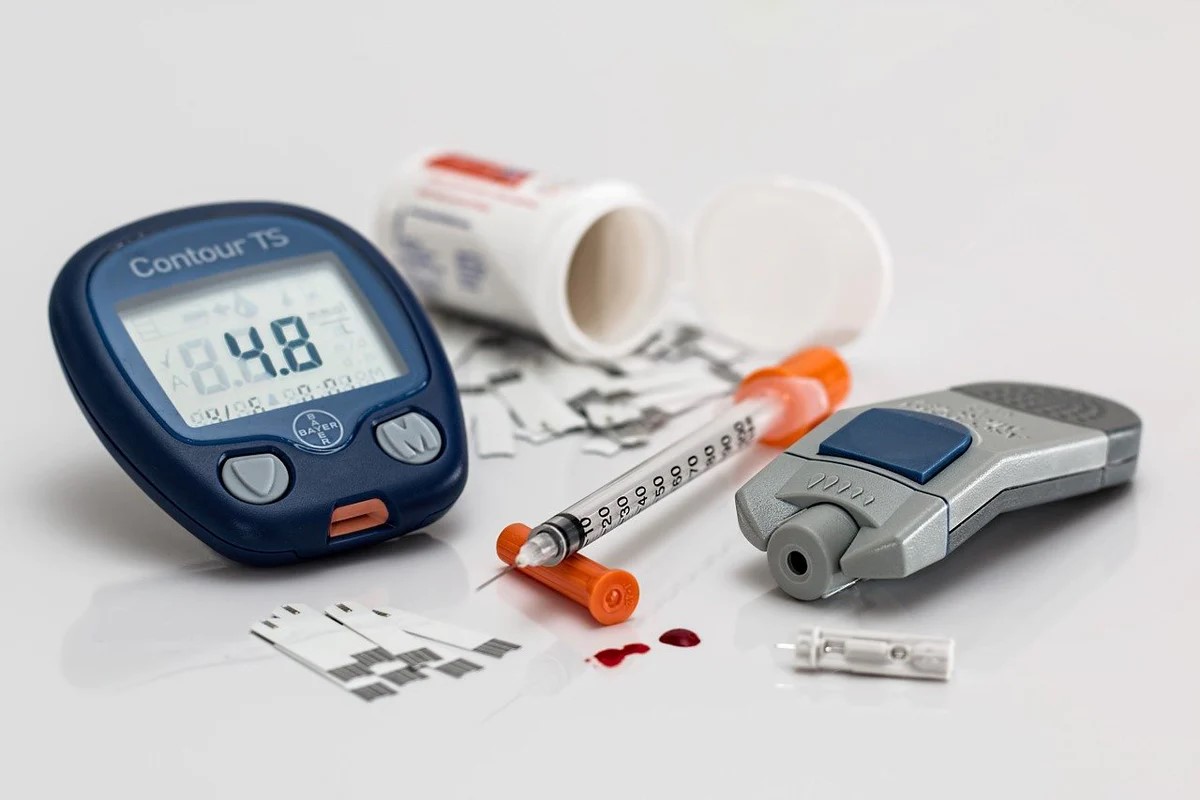

0 thoughts on “How To Read A Syringe Plunger”